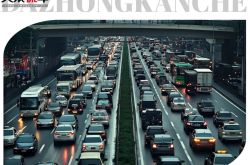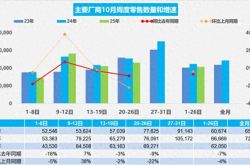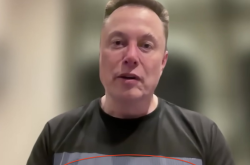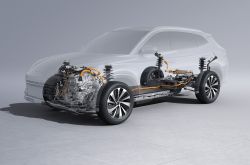Intelligent Driving Race to Take a Pause for Reflection
![]() 04/24 2025
04/24 2025
![]() 642
642
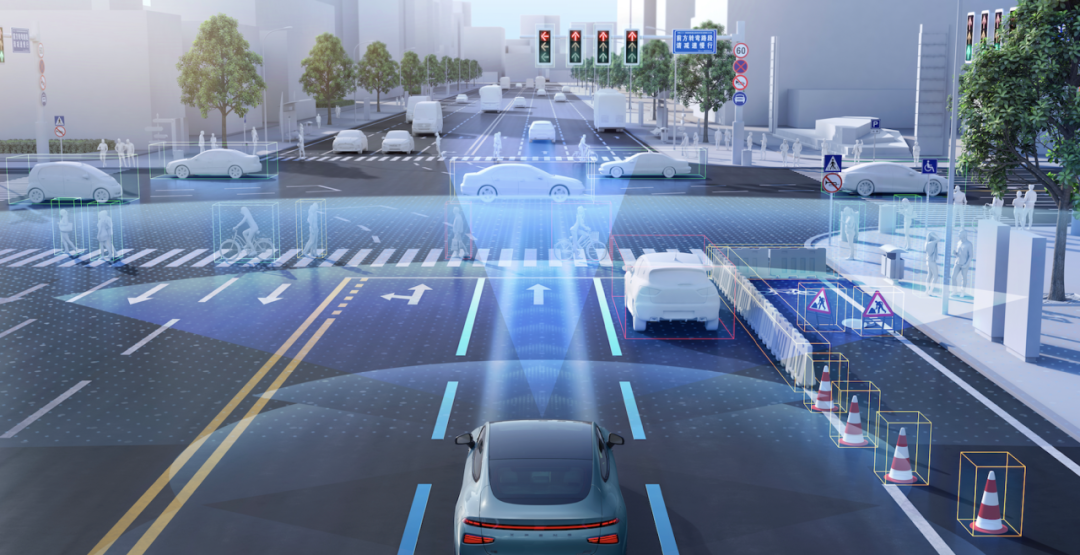
Enterprises must refrain from exaggerating or making false claims
Author | Qin Zhangyong
As public sentiment intensifies, the industry's oversight of intelligent driving has suddenly tightened.
On April 16, the Ministry of Industry and Information Technology convened a promotion meeting on intelligent connected vehicle product access and software online upgrade management, introducing new requirements for intelligent driving, OTA (Over-The-Air updates), vehicle reviews, and rectifications.
The announcement specifically highlighted that automotive enterprises must thoroughly conduct combined driving assistance testing and verification, clarify system functional boundaries and safety response measures, and must refrain from exaggerating or making false claims.

This seems to serve as a reminder to automakers. In the past two years, the industry has pushed the boundaries of intelligent driving with an endless stream of new technical terms, making it seem as though fully autonomous driving is just around the corner, separated from reality by only a thin veil.
With this narrative firmly established, tech-savvy youth may easily relinquish control of the steering wheel to sensors.
However, there have been painful and profound lessons learned. Incidents related to intelligent driving safety continue to occur. In particular, a recent safety incident involving the deaths of three teenage girls in a car accident has sounded the alarm for the industry and awakened drivers who place full trust in technology.
In addition to strengthening enterprise supervision, this announcement from the Ministry of Industry and Information Technology also aims to regulate the disorderly development of the intelligent driving industry.
According to internal meeting minutes, terms such as autonomous driving, self-driving, and intelligent driving are prohibited in promotions. Instead, it is recommended to use the term "combined assisted driving."
Terms like valet parking, one-click summoning, and remote control are also banned, and drivers are explicitly advised not to take their hands off the steering wheel.
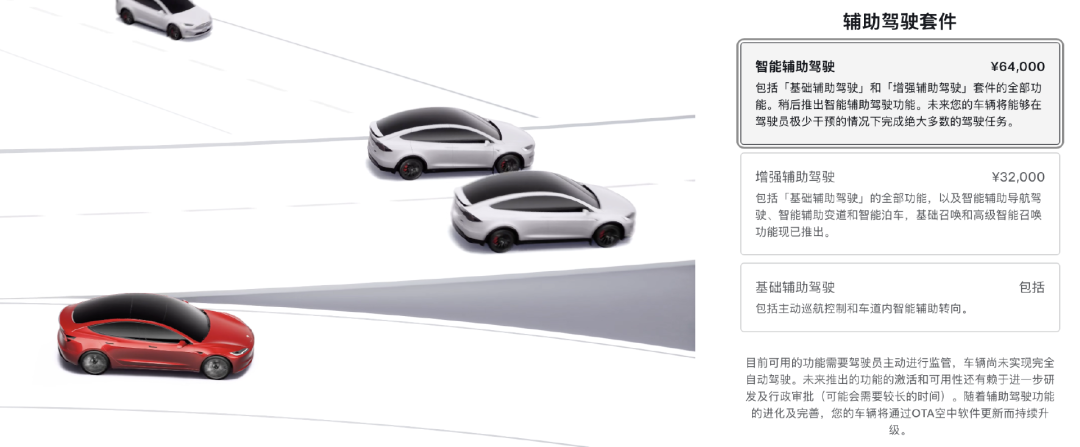
Furthermore, the focus will be on reviewing enterprises that frequently conduct OTA updates, requiring them to reduce the frequency of updates and ensure that each OTA is thoroughly verified before implementation. In cases of emergency OTA, automakers must adhere to recall and production suspension procedures.
This combination of measures effectively puts a tight leash on automakers.
A foreseeable outcome is that automakers will be more cautious with OTA updates. For instance, Tesla's FSD, NIO's World Model, and iterations of new versions from other automakers related to intelligent driving are likely to experience delays.
The current competitive landscape in this industry is also shaped by market conditions. China is the world's largest automobile market, with the penetration rate of new energy vehicles growing exponentially.
In 2024, the penetration rate of passenger cars with L2-level intelligent driving reached 57.3%, with nearly 20 million new vehicles equipped with intelligent driving functions each year. By 2030, the market penetration rate of L2-level and above intelligent driving is expected to reach 90%.
With the rapid growth of the market, automakers are continuously enriching their offerings. Many automakers have released intelligent driving solutions and stated clearly that they will launch mass-produced vehicles with L3-level intelligent driving within the year to secure their position in the next round of competition.
Since the beginning of this year, the call for "intelligent driving equity" has intensified. Some assisted driving functions have been integrated into products priced at 100,000 yuan. Cheaper cars with cooler functions will ultimately drive intelligent driving towards a larger and more mainstream market.
With the advancement of intelligent driving equity, on one hand, it has indeed educated the consumer market, increasing people's acceptance of intelligent driving, and enterprises are willing to invest in it. China has also emerged as one of the countries with the most intelligent driving Tier 1 enterprises, attracting many multinational giants to cooperate with domestic enterprises at the intelligent driving level.
On the other hand, there are lingering safety concerns. When the technology is not yet mature, pushing unstable versions to users may have devastating consequences.
Another significant concern is the difficulty in clarifying responsibilities. In cases of issues with assisted driving, the responsibility typically falls on the car owner, as clarified by many automakers. However, once it escalates to a higher level of intelligent driving, dividing responsibilities becomes challenging. Either the concepts of autonomous driving and assisted driving are blurred, or excessive promotion leads to users being unable to distinguish between them.
In fact, following several safety incidents after the new year, many automakers have recognized this problem and begun to avoid sensitive terminology in promotions.
For example, at last night's launch event for the second-generation Haval Xiaolong MAX, Great Wall emphasized that under current driving conditions, they still believe in human driving as the primary method, with intelligent driving serving as an auxiliary.
Similarly, at the L3 Intelligent Architecture Technology Launch Event, Lu Fang, CEO of Landwind Automobile, stated that all current intelligent driving solutions are assisted driving. Even the so-called L3 level is assisted autonomous driving, with limited hands-off and eyes-off functions, and responsibility is shared between the manufacturer and the driver.
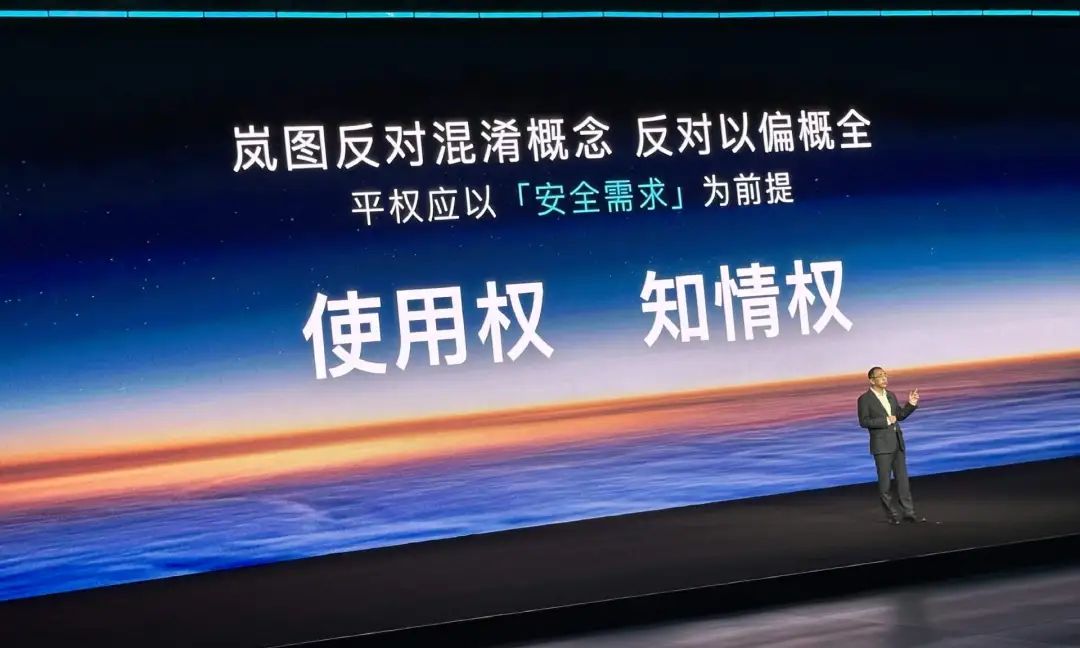
Regarding promotions, Lu Fang believes that automakers must clearly outline the boundaries of intelligent driving capabilities and empower users to make informed decisions. In other words, intelligent driving equity should be grounded in "safety needs," and users should have the right to use and understand the technology.
Landwind has also collaborated with multiple insurance companies such as Ping An and is expected to launch intelligent driving insurance by June 2025.
To achieve a higher level of intelligent driving, Landwind has unveiled the L3-level intelligent architecture "Tianyuan Zhijia," comprising the Qingyun L3-level intelligent safe driving platform and the Kunpeng L3-level intelligent safe driving system. The former integrates steer-by-wire, brake-by-wire, and fully active suspension, while the latter integrates the Kunpeng Overlook Network, Kunpeng Nine Calculations Large Model, and Kunpeng Wanxiang Platform. Overall, to achieve L3-level intelligent safe driving, Landwind has made significant breakthroughs on both the hardware and software fronts.
Other automakers are also emphasizing safety labels. For instance, the Yinhe E5 successfully challenged the 50 km/h frontal center pole collision test, with collision energy 104% higher than the industry's conventional standards. The final results showed no thermal runaway of the battery, automatic activation of hazard lights, undamaged unlocking of doors, and instant power-off of the high-voltage system.
It is evident that automakers are shifting their focus from flashy demonstrations to a more fundamental aspect - safety.
With stringent supervision in place, enterprises labeled with "intelligent driving" may need to make significant adjustments, especially as the Shanghai Auto Show approaches, necessitating revisions to many promotional materials.
However, this is also a positive development. As the automotive industry returns to prioritizing safety, we will see who truly stands out.


